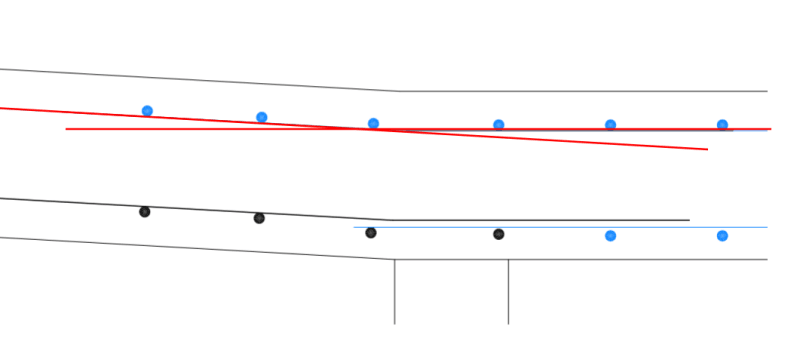SteynvW
Civil/Environmental
- Feb 1, 2016
- 108
Does anyone have a reference for when it is permissible not
to have special detailing at a vertical crank in a slab?
My slope is 1:18 and detailing it like a big change in angle feels like a waste.
to have special detailing at a vertical crank in a slab?
My slope is 1:18 and detailing it like a big change in angle feels like a waste.

